Banana
Rhizome weevil
Symptoms of damage
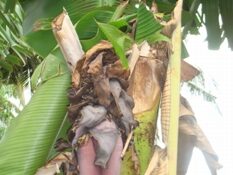
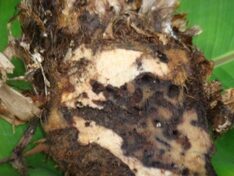

Identification of pest
Eggs: laid singly, white in colour present on the upper part of rhizome
Grub: Apodous, yellowish white with red head
Pupa: white in colour, occur in inside the corm and tunneling
Adult: Dark weevil, newly emerged weevil is red brown
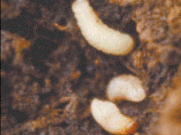
Larva

Pupa

Adult
Management
Banana corm split trap
Pseudostem borer
Symptoms of damage
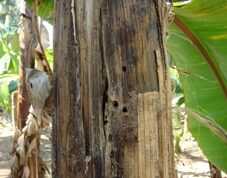

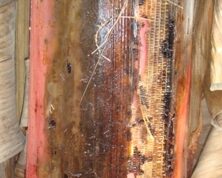
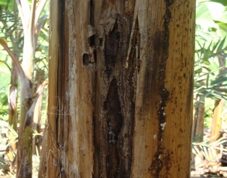
Identification of pest
Eggs: Laid at random on cut ends of pseudostem, yellowish-white, cylindrical in shape
Grub: Apodous, creamy white with dark brown head
Pupa: Pale yellow colour, fibrous cocoon formed inside the tunneling on the periphery
Adult: Robust, reddish brown and black weevil
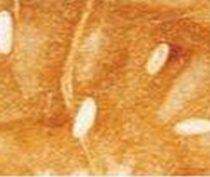
Egg
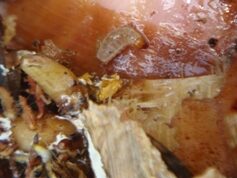
Larva
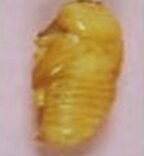
Pupa

Adult
Management
Banana Aphid
Symptoms of damage
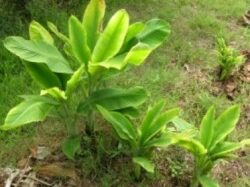
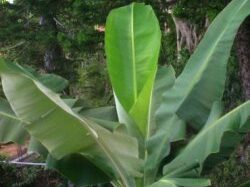
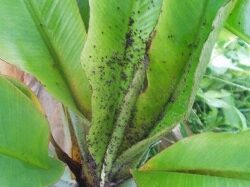
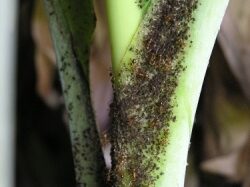
Identification of pest
Nymphs: Are dark in colour
Adult: Brownish and has black veined wings
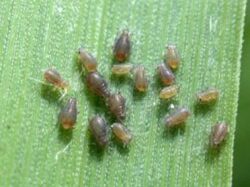
Nymph
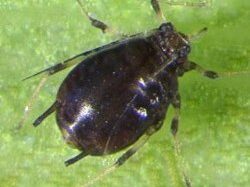
Adult
Management
Tingid or Lace wing bug
Symptoms of damage
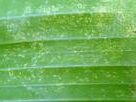
Yellowish spots on leaves

Adult
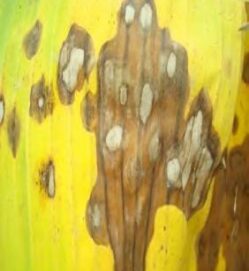
Leaf Spot
Identification of pest
Nymphs: Yellow colour nymphs found on the under surface
Adult: Yellow colour with minute fringed wings, seen under surface of leaves
Management
Hard scale
Symptoms of damage
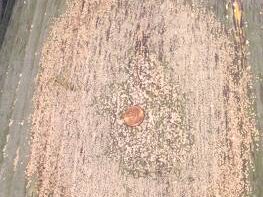
Banana scale
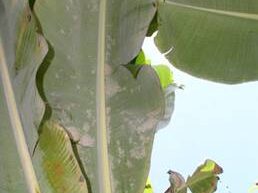
Banana scale
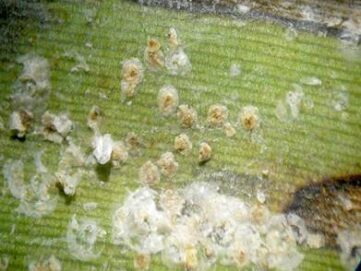
Adult and crawlers
Identification of pest
Nymph: Oval translucent, Yellowish brown with waxy coating
Adult: Female circular, semi transparent and pale brown
Management
Fruit rust thrips
Symptoms of damage
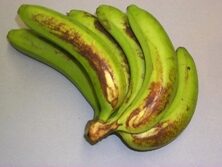
Red rusty spots on fruits
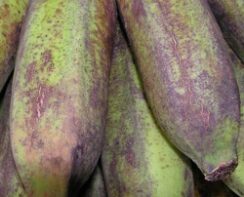
Red rusty streaks on fruit skin
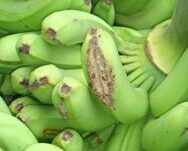
Fruit cracking

Yellowing of leaves
Identification of pest
Eggs: Eggs are laid either at stem or undersurface of the fruit
Larvae: Are wingless, whitish in colour resembling adult lice
Adult: Yellowish white with shaded wing.

Egg
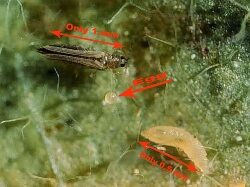
Larva
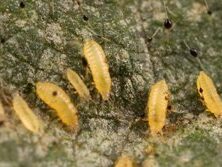
Pupa
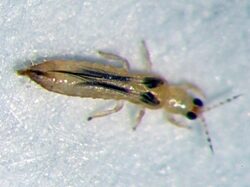
Thrips
Management
Castor hairy caterpillar
Symptoms of damage
Identification of pest
Larva: Black with brown head having long brown hairs
Adult: Grey coloured with dark spots on the pinkish hind wings
Management
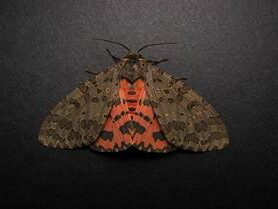
Pericallia ricini
Cut worm
Symptoms of damage
Identification of pest
Larva: Pale greenish or brown with dark marking
Adult: Yellow and purplish spots in the sub marginal areas. Fore wings have wavy white markings, hind wings are whitish with brown patch along the margin.
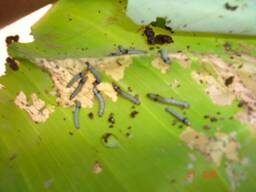
Scrabbing of larvae
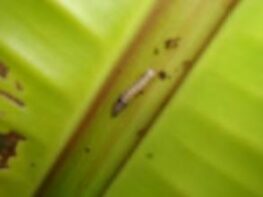
Scrabbing of larvae
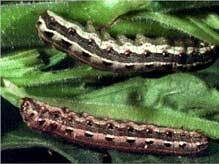
Larva

Larva
Management
